I met Leanne today to talk about my link to this movie as a featured blog on Sony Picture's official trailer website and to demonstrate a French recipe from the Le Cordon Bleu curriculum that I'm working through. Here is a link to my segment on CTV News at Noon.
I was also on "A Morning Ottawa" with Angie Poirier this morning where I demonstrated both Leek and Potato soup (which will be another post another day) and Crème Caramel.
Live TV is a bit of an adrenaline rush. All of a sudden, the lights are on, the camera is pointed towards you, a host is asking questions about you and your work, you're working through the key points of a recipe, and in no time at all the four to six minutes are up. I'm just thankful for the professionalism of all the hosts who make being on air so much easier.
You can read all about Crème Caramel from this post that I did last year.
Recipe: Crème Caramel
from a New York Times article by Julia Child called "Eat, Memory: Sacré Cordon Bleu!"
Serves: 6
Ingredients:
For the Caramel:
½ cup sugar
¼ cup water
For the Custard:
2/3 cup sugar
2 cups milk
1½ teaspoons pure vanilla extract
2 large eggs
4 large egg yolks
Instructions:
To make the caramel, combine the sugar and water in a stainless steel saucepan. Bring to a boil. When the mixture starts to color, swirl the pan to ensure an even color. When it is deep amber, remove it from the heat and immediately pour it into the molds and swirl to coat the bottom of each mold. Let cool.
To make the crème anglaise, heat milk and vanilla extract in a heavy saucepan over medium heat. Bring mixture to a boil. Remove immediately from the heat and let steep for about 10 minutes.
Meanwhile, whisk the eggs, yolks, and sugar until the sugar dissolves and the mixture is a pale yellow color, about 2 minutes. Continue whisking and slowly drizzle in a bit of the hot milk mixture to temper or warm, the eggs so they won't curdle. Keep whisking and slowly pour in the remaining milk mixture. Pour this mixture into the caramel-lined molds.
Set the molds in a baking dish lined with a paper towel. Fill the baking dish with boiling water so that it comes about two-thirds up the sides of the mold. Bake until the custard sets and doesn't jiggle (and a knife inserted into the center comes out clean), about 40-50 minutes. Let the custard cool in the baking dish. Remove from the pan to finish cooling. Chill in the refrigerator for 3 hours or overnight.
To unmold the custard, run a thin knife around the edge of the mold and invert it on a serving platter.
More to Explore:


+(2).jpg)
+mise+en+place.jpg)
.jpg)
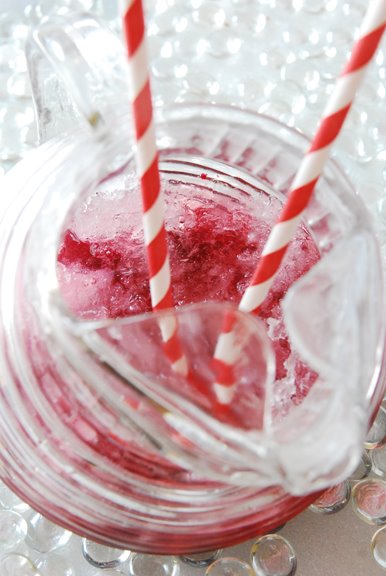
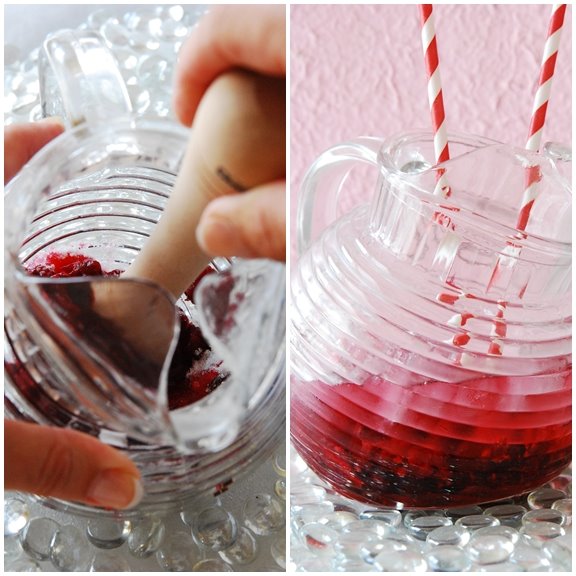
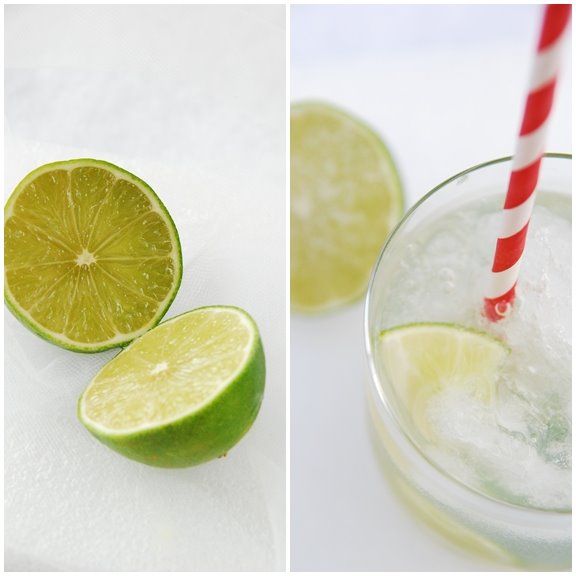
%20300x300.jpg)
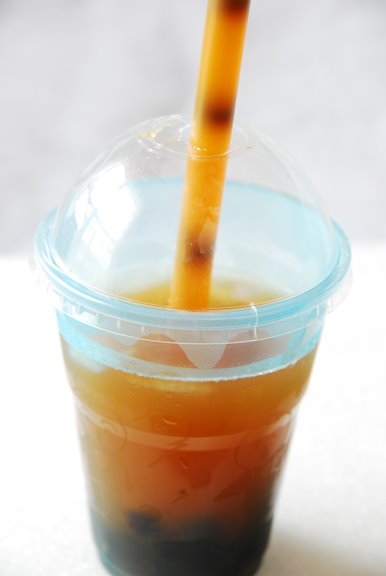

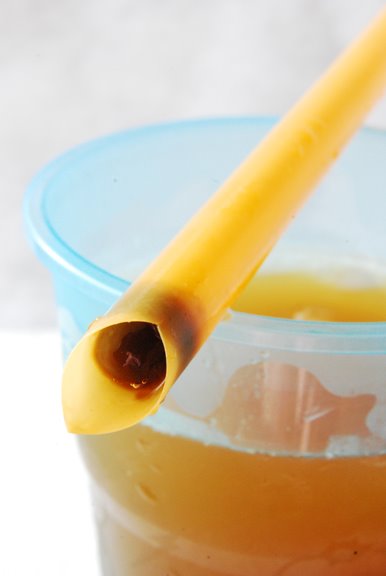 Tasting Notes
Tasting Notes.jpg)
+mise+en+place.jpg)
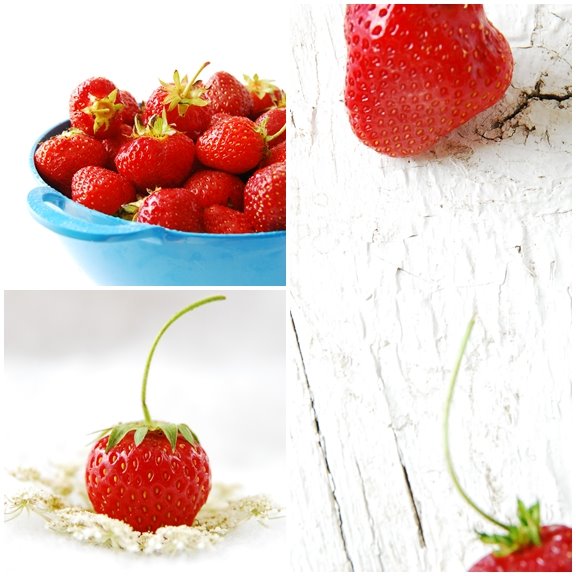
.jpg)
+mise+en+place.jpg)
